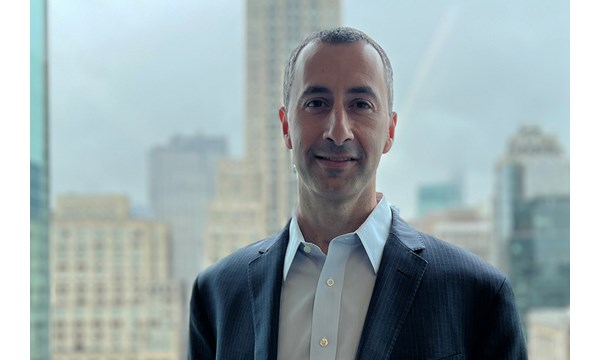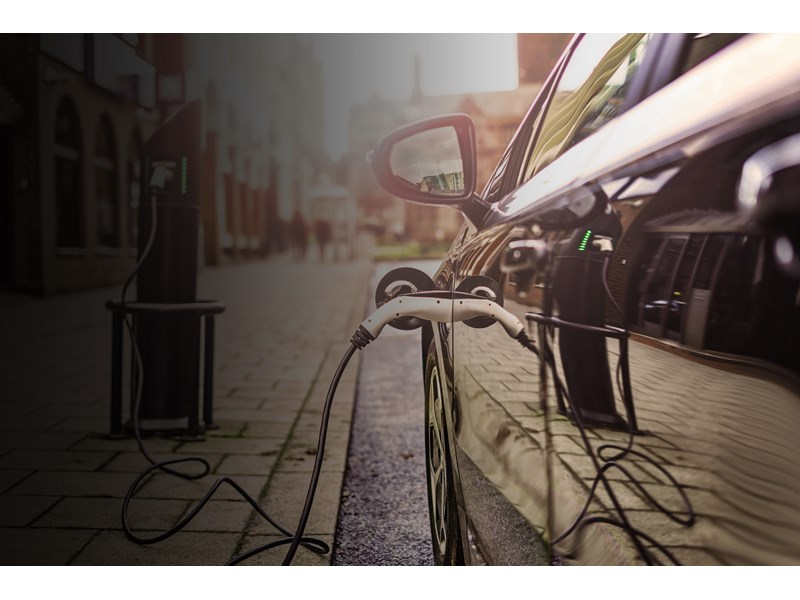与我们分析师联系
The grid edge of the future: delivering distributed energy and electrification at scale
From EV charging infrastructure ownership to the future of microgrid technology: a preview of the Grid Edge Innovation Summit 2022
5 minute read
Ben Hertz-Shargel
Global Head of Grid Edge

Ben Hertz-Shargel
Global Head of Grid Edge
Ben leads research across electrification and grid technologies, drawing on a decade of executive experience.
Latest articles by Ben
-
Opinion
eBook | Power surge: can US electricity supply meet rapidly rising demand?
-
Opinion
Large load tariffs: a looming challenge for utilities
-
Opinion
The new grid defection: breaking down the large load co-location fight at FERC
-
Opinion
Uncertainty dominates the 2025 US power outlook
-
Opinion
Uncertainty dominates the 2025 US power outlook
-
Opinion
US DOE shows that virtual power plants are very real
As we scale distributed energy resources to achieve the energy transition, we run into increasingly thorny questions. Who should own electric vehicle charging infrastructure: utilities, pure-play network providers or brick-and-mortar retailers? What is the right successor to net metering tariffs, which compensates distributed generation but does not unfairly shift network costs onto other customers? What are workable wholesale market reforms that would unleash the full capabilities of distributed resources?
We're delighted to be back in person this year for the Grid Edge Innovation Summit, where Wood Mackenzie experts will join with innovators from industry, finance and utilities to discuss these and other challenges of the energy transition.
Get the full agenda here – and read on for a preview from just a few of the grid edge experts you’ll hear from across our two-day event.
Michelle Davis, Principal Analyst, Solar:
Compensating distributed resources appropriately has never been a hotter topic. I’m looking forward to discussing the costs and benefits of different compensation structures in place today and how an optimized structure could create a more sustainable market for distributed resources. Right as the California NEM 3.0 policy is going into effect – it should be a lively discussion!
Michelle Davis is hosting the panel debate: What does a fair net metering successor tariff look like?
Nick Esch, Research Analyst, Grid Edge:
Public charging networks are racing to expand their footprint to high-value locations and grow their customer base. Competing ownership models have emerged in which utilities, pure-play network operators and brick-and-mortar retailers may be competing to serve EV drivers in the same region. I'm looking forward to exploring the merits of these ownership models and opportunities for the various actors to collaborate.
I’ll also be moderating a panel on emerging resilience solutions, which aim to mitigate consumer grid insecurity. What are the technologies that will keep the lights on during planned and unplanned outages? And what are consumer expectations in different regions?
Nick Esch will be presenting on The commercial landscape of the charging ecosystem. He will also moderate Who should own EV chargers? Debating the pure-play, retail, and utility ownership, as well as Grid insecurity: The next generation of resilience offerings.
Crystal Stiles, Executive Director of Development, Distributed Technologies and Mobility, Florida Power & Light Company (FPL):
At FPL we believe the main priority of any policy should be to encourage the expansion of EV use in Florida. This will require greater investment in charging infrastructure by both public entities and private companies, including utilities.
I’m looking forward to discussing how public utilities have an integral role to play in driving EV adoption and supporting the growth of charging infrastructure – and the market in general.
A key question for this panel will be: how can the public and private sectors collaborate to support EV adoption and ensure the charging needs of today’s vehicles are met with robust solutions that reliably serve the needs of tomorrow?
Crystal Stiles is taking part in the panel discussion: Who should own EV chargers? Debating the pure-play, retail and utility ownership.
Elham Akhavan, Senior Microgrid Research Analyst:
Microgrids are a proven solution for energy, and the technology continues to evolve. I’m looking forward to presenting our US market outlook and exploring the latest technology trends and advancements. In particular, with sky-high fuel prices and an increasing corporate focus on sustainability, the market has made a significant pivot towards renewables-based microgrids.
I’ll break down the numbers of this trend, and discuss the key technologies that can reduce the cost of these microgrids and speed their deployment.
Elham Akhavan will be presenting on How grid insecurity and sustainability are driving microgrid development.
Amaiya Khardenavis, Analyst, EV Charging Infrastructure:
In the race to build out EV charging infrastructure, competing hardware standards and charging networks have emerged.
This raises the key question of how the different market actors can work together to lift all boats and maximize charger utilization. More broadly, how do we make the public charging experience convenient, customer-centric, seamless and reliable?
I will also be presenting Wood Mackenzie’s view on the forecasted growth in charger deployments and market size across various segments, based on uptake of EVs across the globe.
Amaiya Khardenavis is holding a fireside chat on Fighting fragmentation: growing EV charging networks through partnerships.
Sam Howe, Research Analyst, Building Decarbonisation:
With recent legislation, New York and Massachusetts have opened the door for utilities and other providers to replace aging natural gas infrastructure with fossil fuel-free thermal distribution networks. I’ll be examining the feasibility of these systems to provide a lifeline for natural gas utilities as electrification mandates expand, and the potential pathways for implementation. What will this technology look like and who will benefit from its adoption?
The DOE’s roadmap for grid-interactive efficient buildings is another hot topic. In the year since its release, what progress has been made towards enhancing grid reliability and reducing the emissions from our building stock? How will the Inflation Reduction Act impact consumer adoption of energy-efficient technologies, and what barriers still remain? And what kind of policy changes are necessary to connect public goals with building owner and occupant needs?
Sam Howe is taking part in two panel sessions: District energy: decarbonizing building heat at scale and Where are we on the DOE’s roadmap for grid-interactive efficient buildings?
Fahimeh Kazempour, Head, Grid Modernization:
The grid of the future will bear only a superficial similarity to today's grid, oriented as much toward an ecosystem of distributed energy resources and electrified loads as toward the transmission system.
Given this acknowledged end state, what are utilities doing to ‘modernize the grid’? How are they integrating not-fully-matured technologies such as distributed energy resource management systems (DERMS) into their mission-critical control systems? What capital investments are they making to support the accelerating wave of transportation and building electrification?
I’m excited to host executives from some of the most innovative utilities in North America as well as technology providers to discuss these questions. I will also share my research findings on utilities' investments to expedite transportation electrification.
Fahimeh Kazempour is hosting a panel discussion on Modernizing the grid in a time of unprecedented change.









